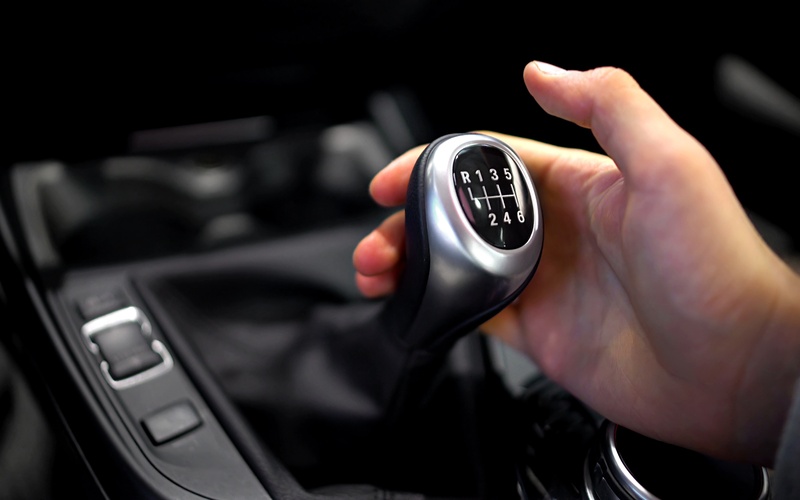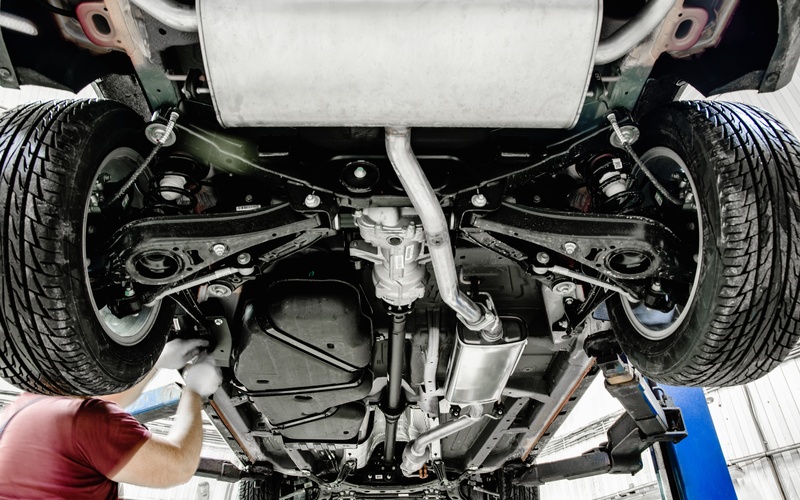Bleeding Your Lines: What Does This Mean and How Is It Done?

For vehicle owners with hydraulic clutch systems, one of the most important maintenance tasks is to bleed the lines. But what does it mean to bleed your lines, and how is it done? If you’re looking for answers, you’ve come to the right place.
As clutch experts, we know a tremendous amount of information about the required maintenance of hydraulic clutches. In this guide, we’ll go over the fundamentals of hydraulic systems, why bleeding the lines is so important, how to do it, and some tips for best practices and troubleshooting.
The Fundamentals of Hydraulic Systems
A hydraulic system uses fluid to transfer force from one point to another. For example, pressing your brake or clutch pedal activates a master cylinder that forces hydraulic fluid through lines to a slave cylinder or calipers. This enables mechanical action, such as stopping the vehicle and engaging the clutch.
The fluid acts as the lifeblood of the system, and any air that finds its way into these lines can disrupt this process. Components like the master cylinder, the hydraulic lines, and the slave cylinder (or calipers in the case of brakes) all rely on the fluid to generate pressure. If air infiltrates these lines, you may notice a spongy feel in the brakes or clutch, reduced responsiveness, or even complete system failure.
What It Means To Bleed Hydraulic Lines
Bleeding hydraulic lines means removing any trapped air bubbles from the fluid inside the system. Air reduces the effectiveness of hydraulic fluid since it compresses under pressure, unlike the fluid, which remains consistent. This compression causes poor system performance and potentially dangerous situations if the air remains in the fluid.
Air typically makes its way into the system due to leaks, component wear, or when replacing the master cylinder. Without treatment, these air pockets can disrupt the hydraulic system’s pressure. This reduction in performance can result in a clutch that won’t fully engage or disengage.
Tools and Safety Precautions for Bleeding the System
Before you begin, you first must gather the appropriate tools and materials for the task. Safety comes first, so equip yourself with gloves and eye protection to avoid accidents from pressurized fluid or spills.
For a standard bleeding procedure, you’ll need a wrench, clear tubing, a container to catch used fluid, fresh hydraulic fluid, and a bleeder wrench. You’ll also need fresh hydraulic fluid to replenish your system after bleeding. Remember to dispose of old hydraulic fluid in a receptacle at a recycling or disposal center.

A Step-By-Step Guide to Bleeding Hydraulic Lines
Now that we know what bleeding your lines means, it’s time to explain how it’s done. Bleeding hydraulic lines is a straightforward process, and many drivers can do it themselves.
Preparation
Locate the bleeder screws on the hydraulic component you’re working on, whether it’s the clutch slave cylinder or brake caliper. Ensure your vehicle is on a level surface and securely lifted. Check the master cylinder reservoir to make sure it’s full. Keep extra fluid on hand to top it up during the bleeding process.
Bleeding Process
The standard method of bleeding involves a helper, so you will want to enlist a friend or family member to assist you. Have your partner press and hold the brake clutch pedal so you can use your wrench to open the bleeder screw. Fluid and air will escape through the clear tubing connected to the screw and into the container.
Close the screw before your helper releases the pedal, then repeat the process until you observe a steady stream of clear, bubble-free fluid. Remember to keep the master cylinder reservoir full to avoid introducing more air into the system.
System-Specific Tips
For brake systems, start with the furthest wheel from the master cylinder (usually the rear passenger side) and work in order until you reach the closest wheel. For clutches, focus on the single slave cylinder attached to the clutch system. Pay attention to any fluid discoloration, as it can indicate the need for a complete flush.
Best Practices for Bleeding Hydraulic Lines
To achieve optimal results when working on a hydraulic system, use fresh, high-quality hydraulic fluid and follow the manufacturer’s recommendations. Fresh fluid ensures proper lubrication and performance, while adhering to guidelines helps avoid costly mistakes.
Never let the master cylinder reservoir run dry during the process. It could introduce even more air into the lines, forcing you to start over.
For better performance and a firmer, more responsive clutch feel, consider upgrading to stainless steel lines. The lines that Clutch Masters Industries offers will provide your vehicle with substantial durability that reduces the spongy feel common in more flexible rubber lines. Taking these extra steps will ensure your hydraulic system operates smoothly and efficiently.
Address Common Challenges
While bleeding the lines is relatively straightforward, problems may arise. Typical issues with bleeding hydraulic lines include stuck screws, persistent air pockets, and fluid leaks, but we can help address these challenges.
Stuck Bleeder Screws
Corrosion can sometimes cause stuck bleeder screws, making the bleeding process challenging. Apply a penetrating oil ahead of time to loosen the screw. Be sure to use the correct-sized wrench to avoid stripping or damaging the screw.
Persistent Air Pockets
If you notice air pockets that won’t clear, it may be time to recheck your connections for leaks. Even a small leak can allow air into the system. If the issue persists, consider trying an alternative bleeding method, such as reverse bleeding, to remove trapped air effectively.
Fluid Leaks
Ongoing fluid leaks can indicate problems with seals or hose connections. Inspect these areas thoroughly to identify cracks or damage. If necessary, replace worn-out seals or hoses to keep the system leak-free.

When Should You Call the Experts?
While bleeding your lines is manageable for many vehicle owners, there are situations where professional help may be the safest option. Anyone who feels uncomfortable with the process, lacks the tools, or can’t resolve persistent issues should seek assistance from a qualified technician. The technicians will make sure that every component functions correctly and safely.
Upgrade Your Vehicle’s Hydraulics With Clutch Masters Industries
Bleeding hydraulic lines is not a task to overlook. Consistent system maintenance keeps the brakes and clutches functioning. Even with the right maintenance, subpar parts will degrade and cause issues for your car.
If you want to upgrade to the highest quality hydraulic parts, Clutch Masters Industries is ready to help. We have a wide range of hydraulic clutches for sale to match numerous vehicle models. View the parts online or contact our staff to speak with a clutch expert today!


